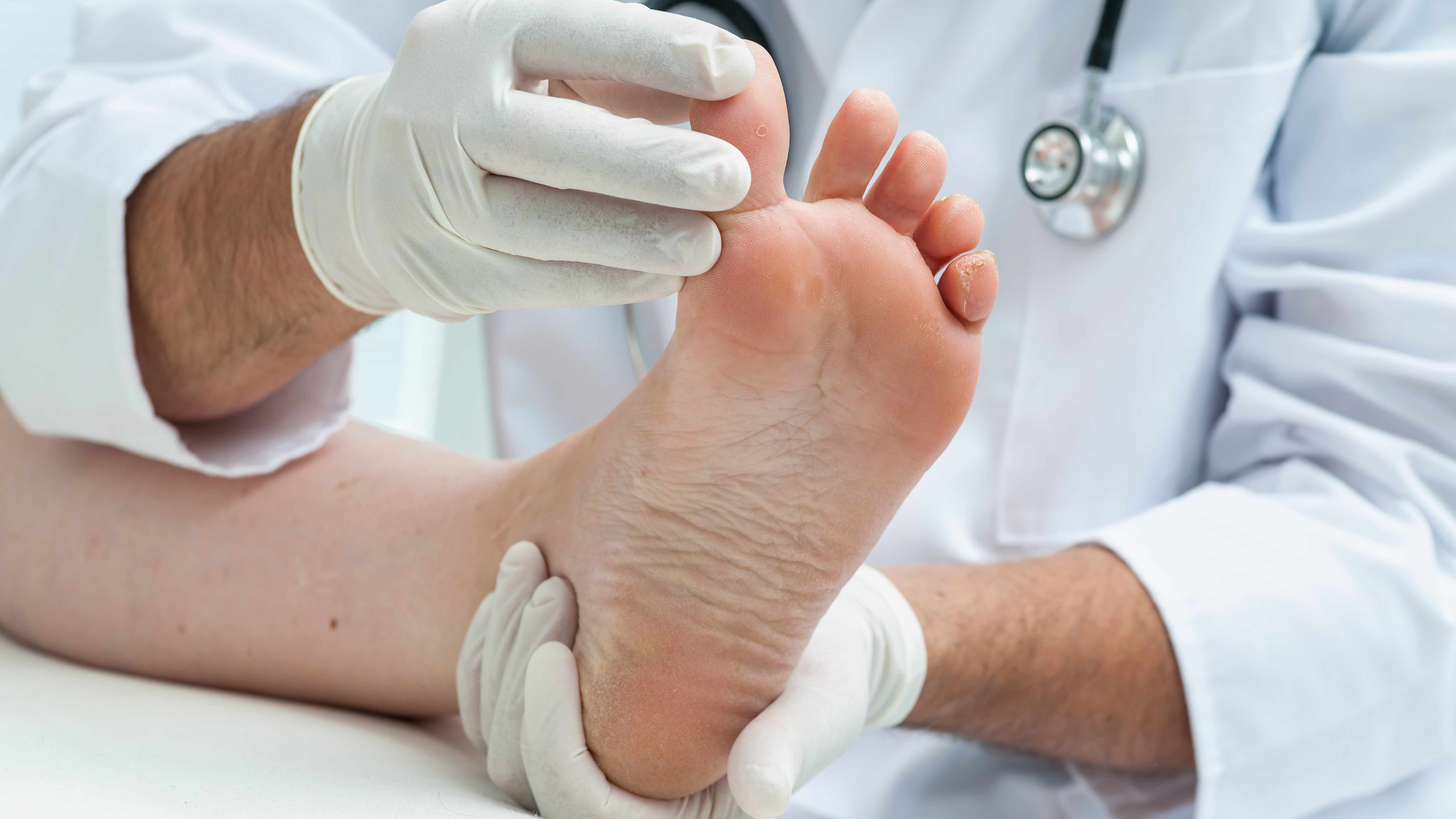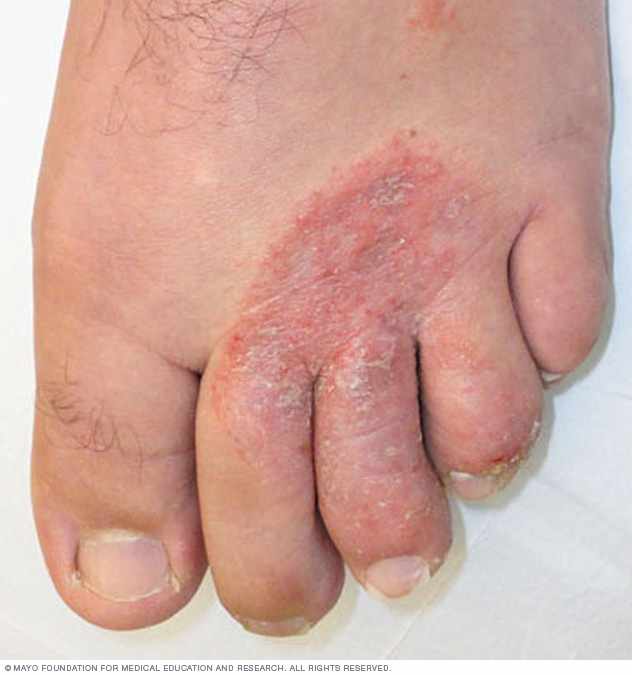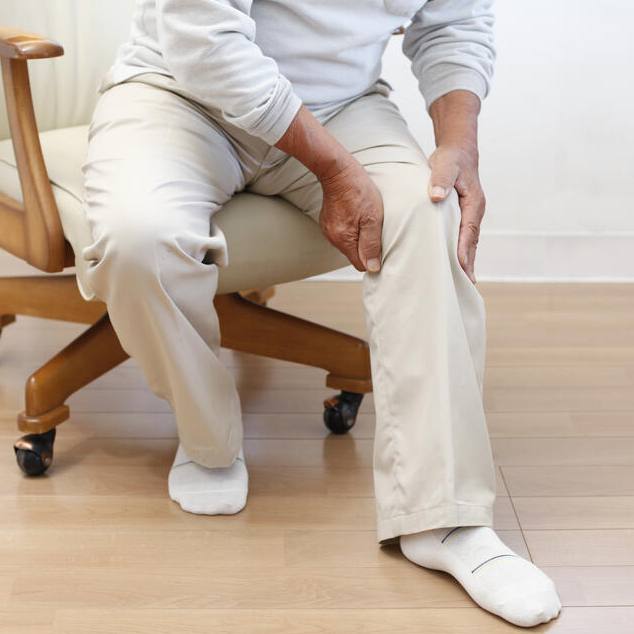-
How do I avoid foot fungal infections?

Athlete's foot (tinea pedis) is a fungal infection that usually begins between the toes. It commonly occurs in people whose feet have become very sweaty while confined within tight-fitting shoes.
Athlete's foot is closely related to other fungal infections such as ringworm and jock itch. It can be treated with over-the-counter antifungal medications, but the infection often recurs. Prescription medications also are available.
Symptoms
Athlete's foot usually causes a scaly red rash. The rash typically begins in between the toes. Itching is often the worst right after you take off your shoes and socks. Some types of athlete's foot feature blisters or ulcers. The moccasin variety of athlete's foot causes chronic dryness and scaling on the soles that extends up the side of the foot. It can be mistaken for eczema or even as dry skin. The infection can affect one or both feet and can spread to your hand — especially if you scratch or pick at the infected parts of your feet.
Causes
Athlete's foot is caused by the same type of fungus that causes ringworm and jock itch. Damp socks and shoes and warm, humid conditions favor the organisms' growth.
Although locker rooms and public showers are often blamed for spreading athlete's foot, the environment inside your shoes is probably more important Athlete's foot is contagious and can be spread by contact with an infected person or from contact with contaminated surfaces, such as towels, floors and shoes is probably more important. Athlete's foot becomes more common with age.

Prevention
These tips can help you avoid athlete's foot or ease the symptoms if infection occurs:
- Treat your feet.
Try over-the-counter antifungual creams or a drying powder two to three times a day until the rash disappears. - Keep your feet dry, especially between your toes.
Go barefoot to let your feet air out as much as possible when you're home. Dry between your toes after a bath or shower. - Wear good socks and change socks regularly.
If your feet get very sweaty, change your socks twice a day. Buy socks that are made of natural material, such a cotton or wool, or a synthetic fiber designed to draw moisture away from your feet. - Wear light, well-ventilated shoes.
Avoid shoes made of synthetic material, such as vinyl or rubber. - Alternate pairs of shoes.
Don't wear the same pair every day so that you give your shoes time to dry after each use. - Protect your feet in public places.
Wear waterproof sandals or shoes around public pools, showers and lockers rooms. - Treat your feet.
Use powder, preferably antifungal, on your feet daily. - Don't share shoes.
Sharing risks spreading a fungal infection.
When to see a health care provider
If you have a rash on your foot that doesn't improve after self-treatment or if you have diabetes, see your health care provider, especially if you notice any signs of a possible secondary bacterial infection such as excessive redness, swelling, drainage or fever.
If your athlete's foot is mild, your health care provider may suggest using an over-the-counter antifungal ointment, lotion, powder or spray. If your athlete's foot doesn't respond, you may need a prescription-strength medication to apply to your feet. Severe infections may require antifungal pills that you take by mouth.
This article is written by Mayo Clinic staff. Find more health and medical information on mayoclinic.org.







